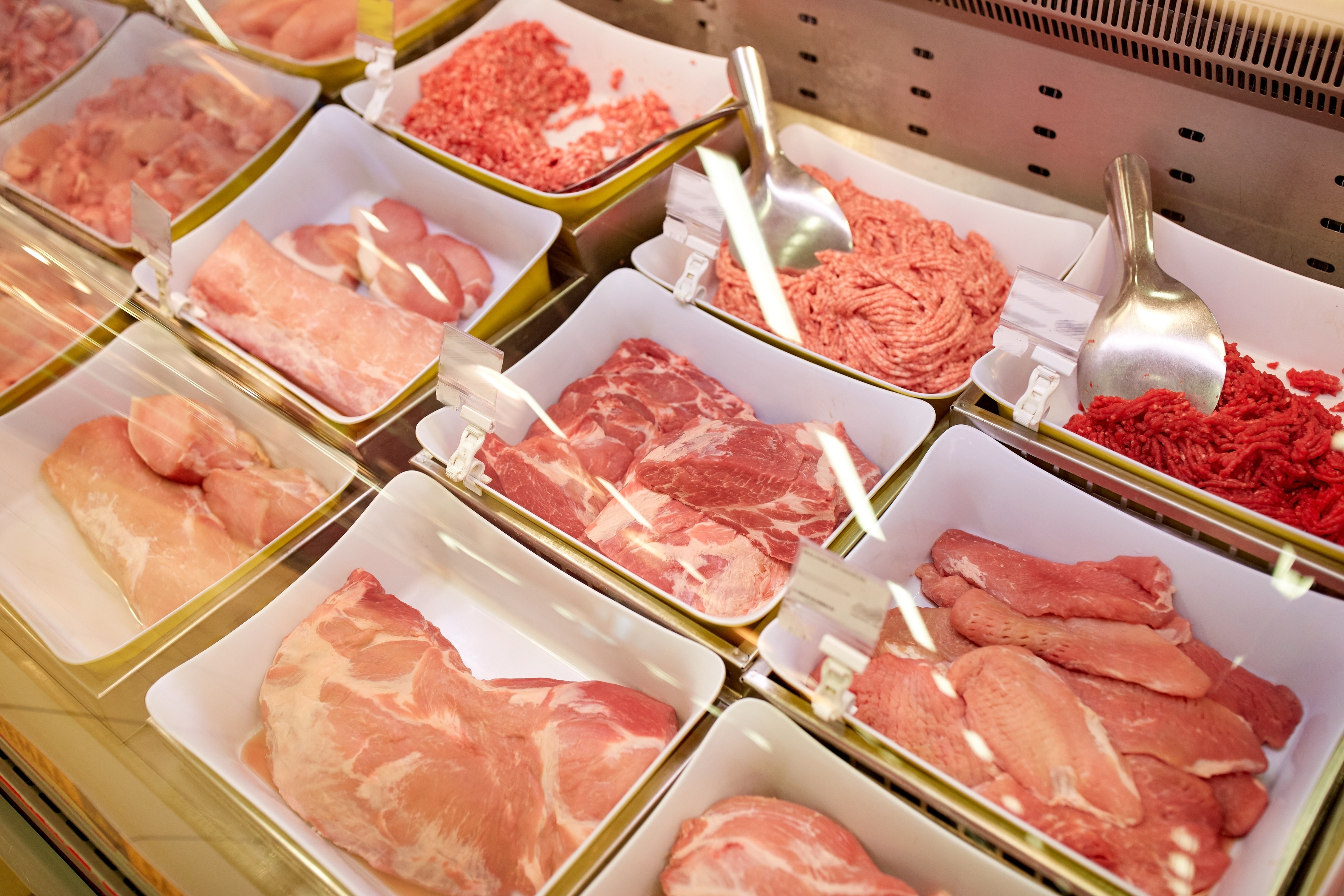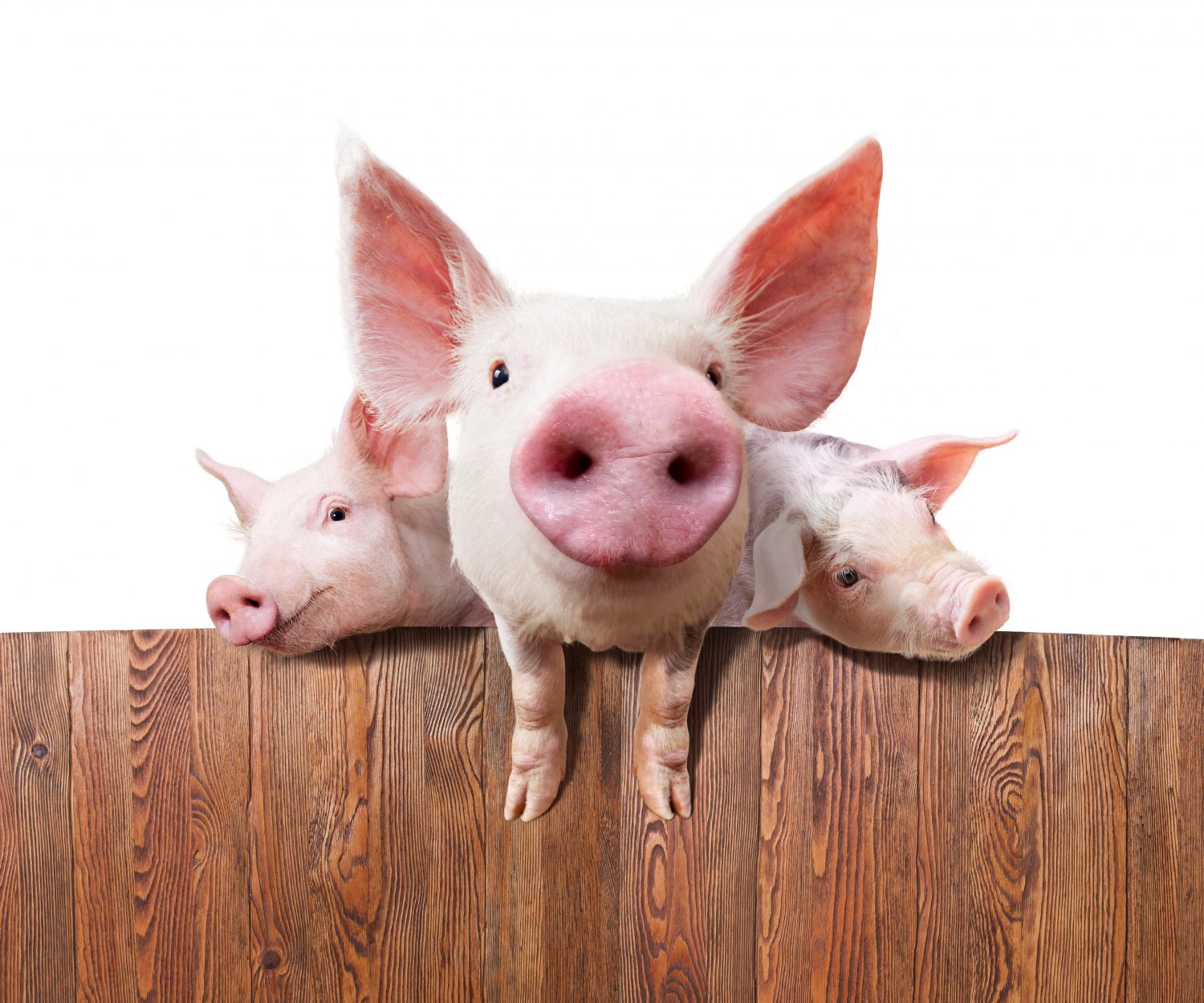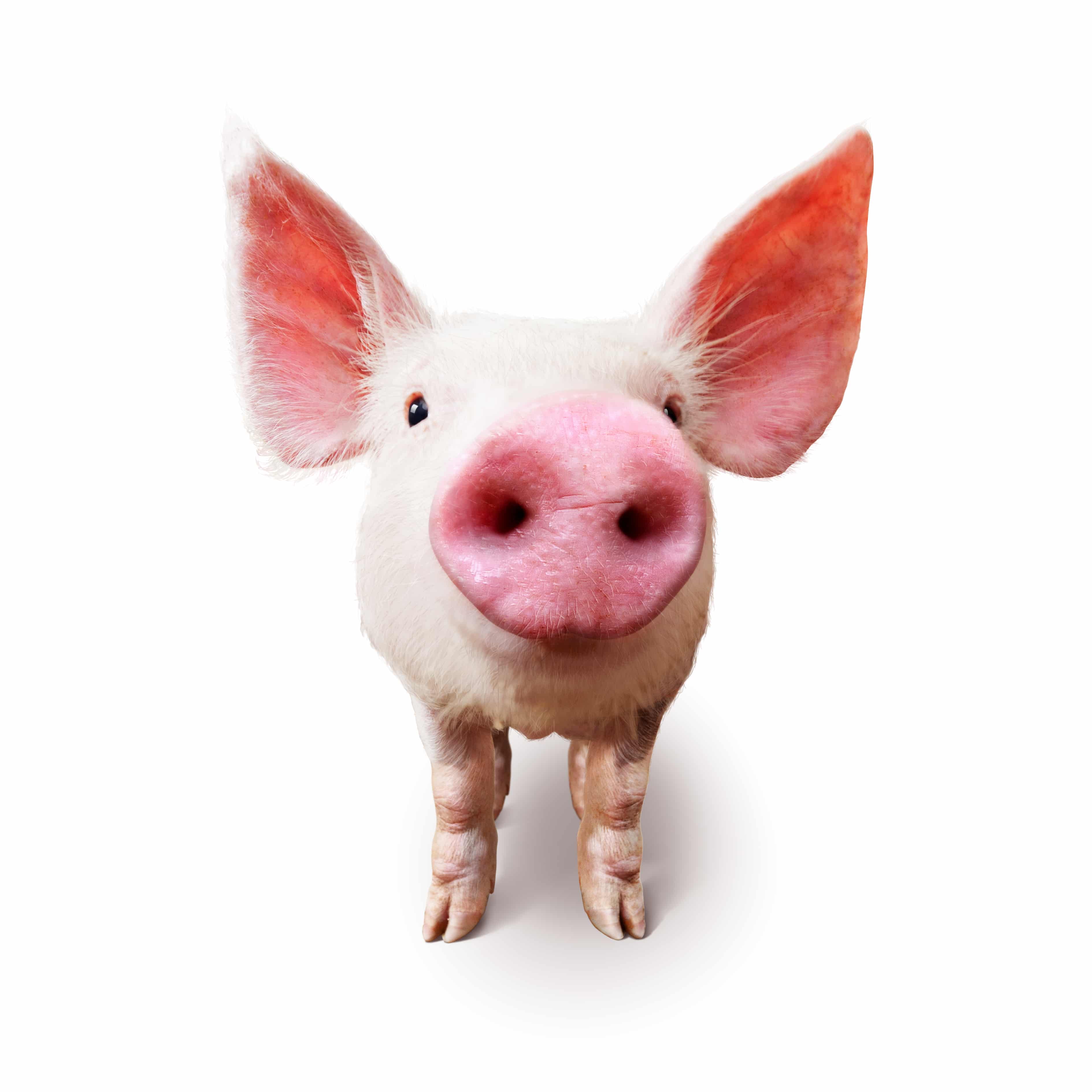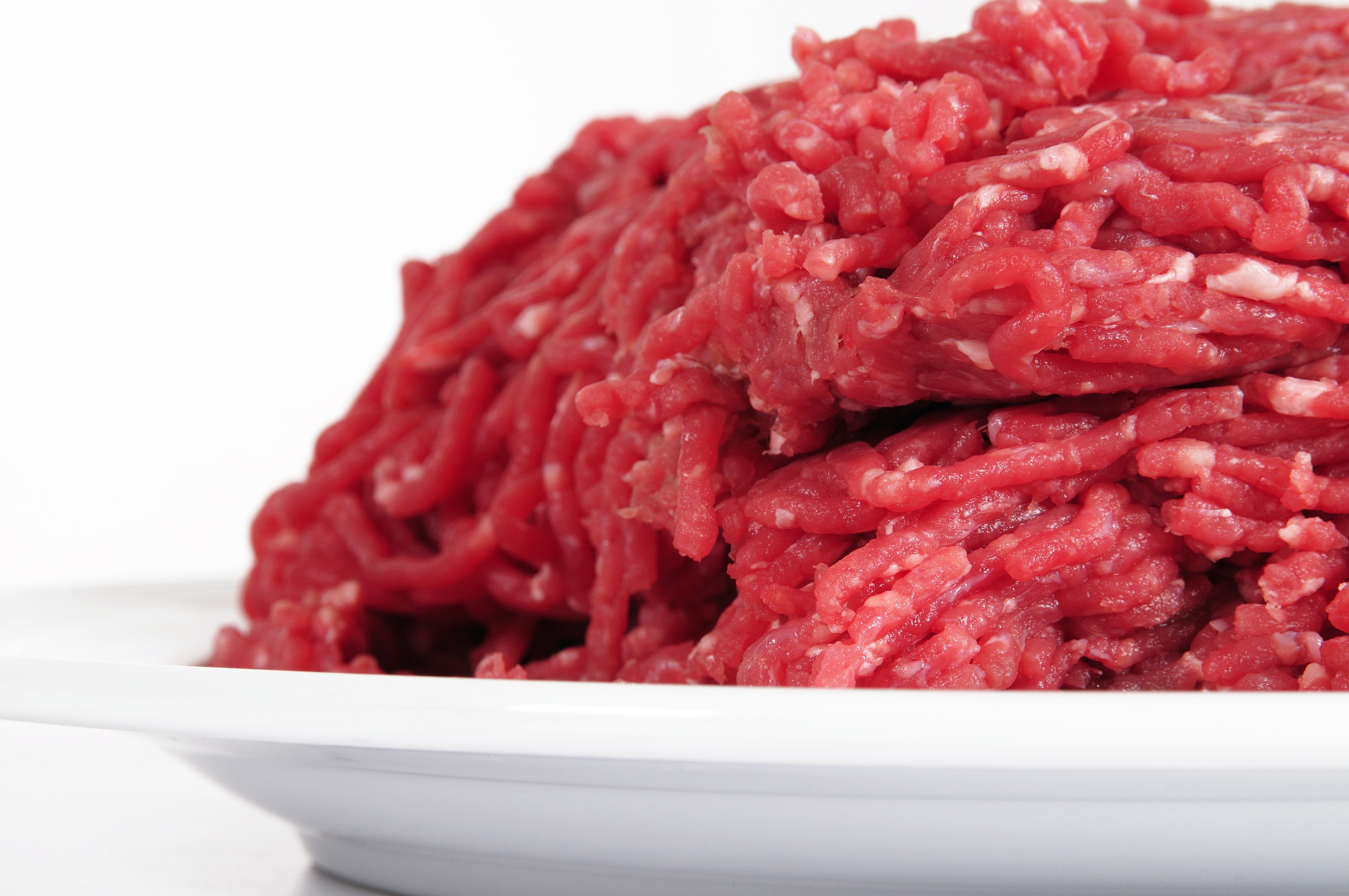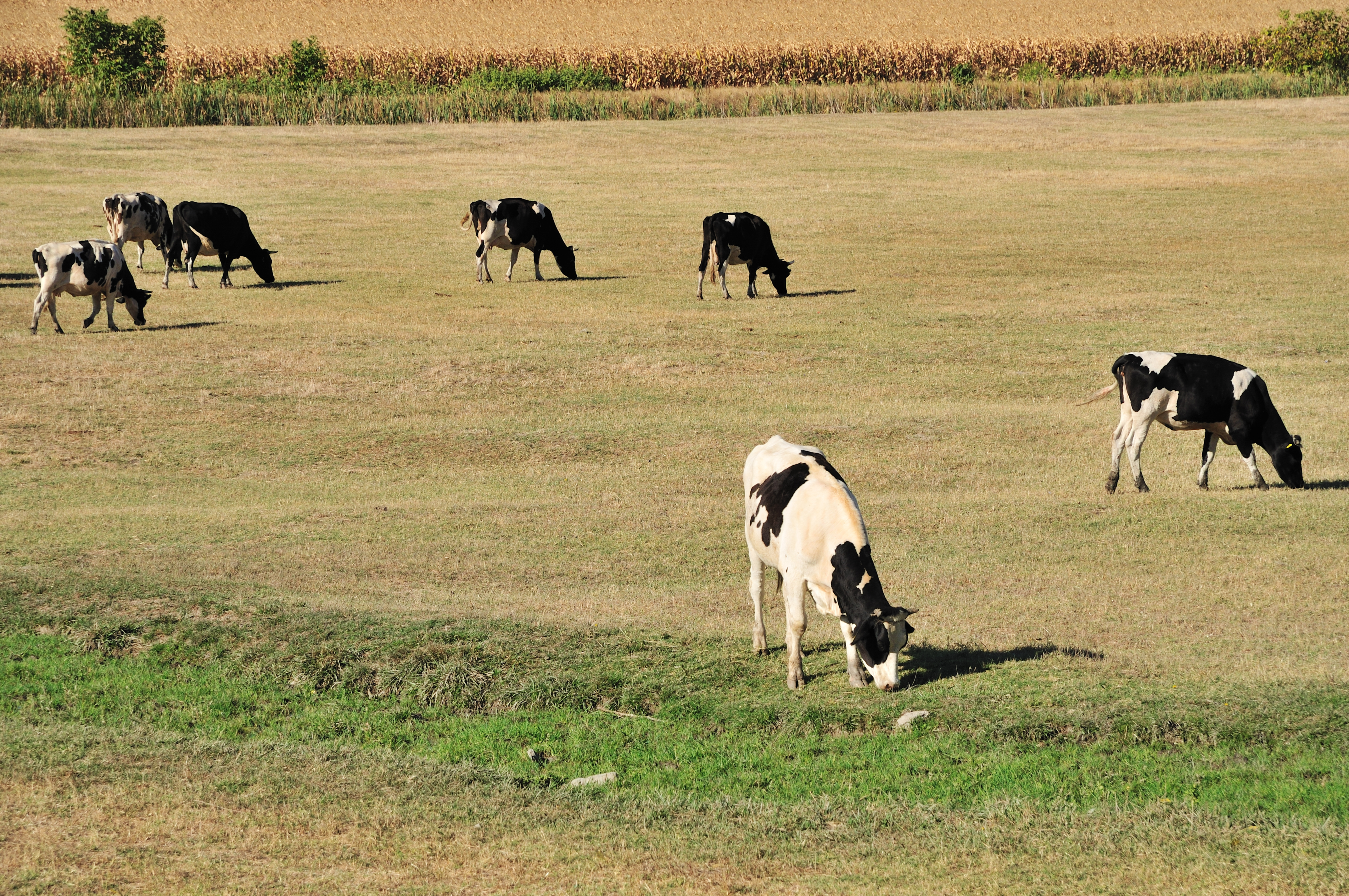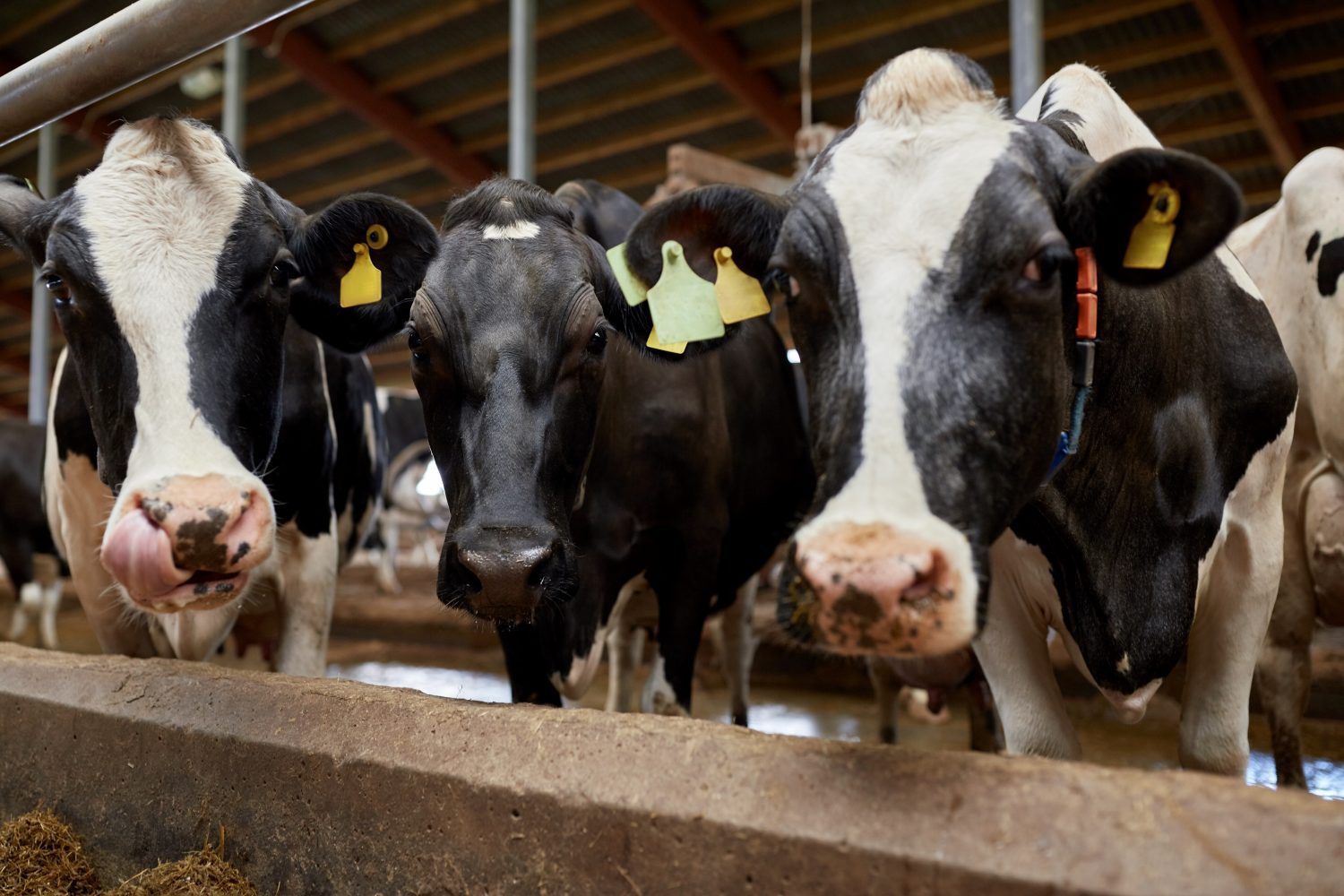fjfnewswp2324234234342018-04-09T18:05:17+00:00February exports of U.S. pork, beef and lamb were higher than a year ago in both volume and value, according to statistics released by USDA and compiled by the U.S. Meat Export Federation (USMEF).
Pork exports totaled 205,466 metric tons (mt) in February, up 4 percent from last year's large total, while export value increased 12 percent to $547.2 million. Through February, pork exports were 2 percent ahead of last year's pace at 408,934 mt, while export value climbed 10 percent to $1.09 billion.
February exports accounted for 27.8 percent of total pork production and 24 percent for muscle cuts only - up from 27.6 percent and 22.9 percent, respectively, a year ago. Through February, the percentage of total pork production exported was slightly lower year-over-year at 26.1 percent, while the percentage of muscle cuts exported edged higher to 22.7 percent. February export value averaged $56.78 per head slaughtered, up 9 percent from a year ago. Through February, per-head export value was $53.70, up 5 percent.
February beef export volume improved 11 percent from a year ago to 100,593 mt, while export value increased 18 percent to $599.8 million. Although this was the lowest monthly value total since May 2017, it is the highest on record for the month of February. January-February volume was 206,079 mt, up 10 percent from the first two months of 2017, while export value was 20 percent above last year's pace at $1.22 billion.
Exports accounted for 13.6 percent of total beef production in February, up one full percentage point from a year ago. For muscle cuts only, the percentage exported was 10.8 percent (up from 10.1 percent last year). Through February, beef exports accounted for 13 percent of total production (up from 12.4 percent) and 10.4 percent for muscle cuts (up from 9.8 percent). February beef export value averaged $322.29 per head of fed slaughter, up 16 percent from a year ago. Through February, per-head export value averaged $306.69, up 15 percent.
"Red meat exports are off to a strong start in 2018 and continue to deliver excellent returns for U.S. producers," noted USMEF President and CEO Dan Halstrom. "The outstanding level of export value per head slaughtered is especially encouraging at a time in which U.S. meat production is high and the trade climate is somewhat volatile. Through all the uncertainty, international customers remain very committed to U.S. pork and beef. This reinforces the importance of having experienced USMEF staff members located in key markets, working every day to maintain customer loyalty and reinforce the United States' reputation as a reliable supplier."
Pork exports steady to Mexico; solid growth in Korea, Japan and Latin America
February pork exports to leading volume market Mexico were steady with last year at 64,523 mt, while export value was slightly higher at $117.5 million. Through February, export volume was steady with last year's record pace at 137,520 mt, while export value increased 3 percent to $251 million.
In Japan, the leading value destination for U.S. pork, February volume was steady year-over-year at 32,418 mt, while value was up 3 percent to $134.7 million. Through February, export volume to Japan increased 6 percent from a year ago to 67,466 mt and value climbed 10 percent to $281.1 million. This included a 7 percent increase in chilled pork exports to 36,929 mt, valued at $176.9 million (up 11 percent).
Pork exports to South Korea climbed 33 percent in volume (40,710 mt) and 43 percent in value ($119 million). Most U.S. pork products now enter the Korean market duty free under the Korea-U.S. Free Trade Agreement (KORUS), and high-quality, affordable U.S. pork is helping to underpin Korea's record-breaking pork consumption. USMEF continues to help position U.S. pork in new and exciting ways in Korea, including the addition of pulled pork to many restaurant menus, a selection of high-end sausages at convenience stores and a wide array of home meal replacement and snack items sold at retail and through e-commerce.
Through the first two months of 2018, other highlights for U.S. pork include:
Led by strong growth in Colombia and Peru, pork exports to South America were 9 percent ahead of last year's pace in volume (17,855 mt) and 14 percent higher in value ($43.1 million), with consumption growth in the region continuing to outpace domestic production.
Solid growth in Honduras, a doubling of exports to El Salvador and a steady performance in Guatemala pushed pork export volume to Central America 16 percent above last year's pace at 12,255 mt, while value climbed 20 percent to $28.9 million. Exports also increased year-over-year to Nicaragua, Panama and Belize.
Exports to the Philippines, the mainstay destination for U.S. pork in the ASEAN and the region's largest import market, increased 3 percent in volume (4,746 mt) and remained steady with last year's pace in value ($10.8 million). Exceptional growth in Vietnam (901 mt valued at $3.7 million, up 272 percent and 469 percent, respectively) pushed exports to the ASEAN region 18 percent higher in volume (6,178 mt) and 29 percent higher in value ($16.9 million). Exports also increased year-over-year to Singapore, Indonesia and Malaysia.
In China/Hong Kong, pork export volume fell 14 percent year-over-year to 69,515 mt, but value increased 3 percent to $164 million. Muscle cut exports increased 7 percent to 28,775 mt, while variety meat exports declined 24 percent in volume (40,740 mt) but with sharply higher prices value only dipped 2 percent to $107.4 million. The Chinese government recently imposed a 25 percent tariff on imports of U.S. pork and pork variety meat, in addition to the 12 percent tariff already in effect in China. The higher tariff rate is not reflected in the January-February results, as it took effect April 2. But the additional tariff will put U.S. pork at a significant disadvantage compared to China's other major suppliers: the European Union, Canada, Brazil and Chile. China's total import demand has also slowed with its rebound in domestic production and a significant decrease in domestic hog prices.
Chilled beef shipments to Japan, Korea and Taiwan drive export growth; Mexico and Hong Kong also trend higher
Beef export volume to leading market Japan declined in February (20,314 mt, -15 percent year-over-year), as the frozen beef safeguard tariff (50 percent, up temporarily from 38.5 percent) contributed to a slowdown in frozen shipments. However, February export value to Japan was down only slightly at $133.4 million. Through February, total exports to Japan were 4 percent below last year's volume pace at 44,282 mt, but still increased 9 percent in value to $282 million. This included an 18 percent increase in chilled beef exports to 22,809 mt, valued at $175 million (up 29 percent). Japan's safeguard tariff on imports of frozen beef from the United States (and from other suppliers that do not have a free trade agreement with Japan) expired March 31, so the tariff rate for both frozen and chilled imports from the U.S. is now 38.5 percent. Japan's tariffs on imports of Australian chilled and frozen beef edged slightly lower on April 1 and now stand at 29.3 percent and 26.9 percent, respectively, under the Japan-Australia Economic Partnership Agreement.
Beef exports to South Korea maintained a torrid pace in February, increasing 24 percent from a year ago in volume (16,193 mt) and 31 percent in value ($112.4 million). Through February, exports to Korea climbed 18 percent in volume to 33,326 mt and were 32 percent above last year's record value pace at $234.8 million. This included chilled beef exports of 7,231 mt (up 34 percent year-over-year) valued at $68 million (up 44 percent). U.S. beef is driving new consumption trends in Korea, where retailers and foodservice operators have intensified their focus on steak cuts and are highlighting features such as dry and wet aging. USMEF continues to educate the Korean meat trade and consumers about the quality and convenience of U.S. steaks in this increasingly protein-centric market.
Through the first two months of 2018, other highlights for U.S. beef include:
Exports to Mexico, which is a critical destination for beef rounds, shoulder clods and variety meat, were 10 percent above last year's pace in volume (39,987 mt) and 19 percent higher in value ($175 million). This included an 11 percent increase in variety meat export volume (18,720 mt) and an impressive 36 percent jump in variety meat value ($44.4 million).
Partly driven by demand for the Chinese New Year holiday, exports to Hong Kong jumped 41 percent in volume (22,807 mt) from a year ago and 61 percent in value ($168.6 million). Exports to China, which resumed in June 2017, totaled 1,187 mt valued at $11.1 million.
In Taiwan, an outstanding destination for chilled U.S. beef, exports increased 25 percent from a year ago in volume (8,106 mt) and 42 percent in value ($78.2 million). Chilled exports to Taiwan were up 53 percent in volume (3,800 mt) and 61 percent in value ($48 million) as the U.S. holds 72 percent of Taiwan's chilled beef market.
Exceptional growth in Chile and Colombia pushed exports to South America up 68 percent year-over-year in volume (5,296 mt) and 62 percent in value ($25.2 million). Exports to Brazil, which resumed in April of last year, totaled 215 mt valued at $2 million.
Strong performances in Indonesia and Vietnam pushed beef exports to the ASEAN region 42 percent ahead of last year's pace in volume (6,794 mt) and 34 percent higher in value ($36.7 million). The region is especially strong for beef variety meat, with exports up 74 percent in volume (2,008 mt) and 93 percent in value ($4.4 million).
Strong growth in Angola and steady volumes to South Africa pushed beef exports to Africa up 26 percent year-over-year in volume (1,981 mt) and 77 percent higher in value ($3.1 million).
